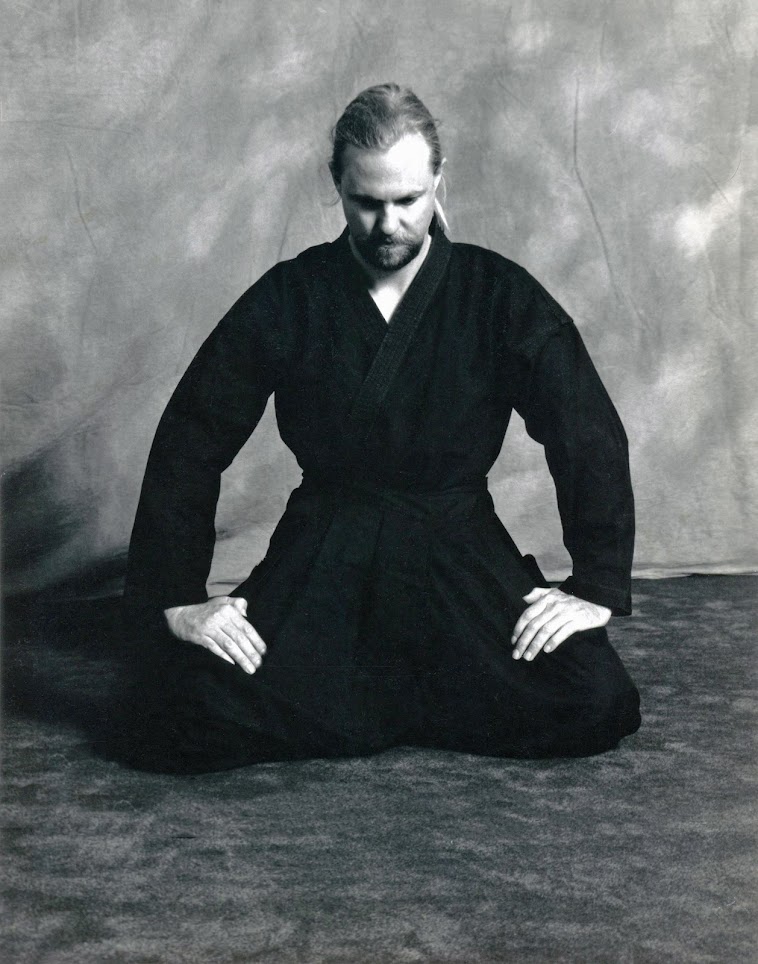By Scott Shaw
In
every school of the martial arts, particularly those that teach a traditional
system of self-defense, the students are taught a plethora of techniques. They
are taught how to stand, how to punch, how to kick and in some cases how to
joint lock and throw. They are taught these techniques and then they practice
these techniques over-and-over again in order to develop exacting precision
with each of them. Once they have learned these techniques they are then graded
at how well they perform them. Thus, the martial art belt ranking system. As
one moves their way through the martial arts, they do the same techniques
over-and-over again as they are told this is the only way to gain true mastery
over them. There is one very large problem in this equitation, however. The
teacher who teaches them has most likely never been in an adult street fight.
Thus, they have no true understanding as to whether or not they actually work.
They are told that they do. They teach their students that they do. But, they
have no first-hand knowledge.
When
a student of the martial arts is preforming one of the forms or katas of their
system, striving for exacting precision is essential. At martial art
competitions or demonstrations there are some practitioner who do what they do
with exquisite beauty and perfection. Is this a part of the martial arts? Yes,
it is. Is this part of the, “Martial,” “War-like,” part of the martial arts?
Not really.
There
is a great divide between performing a specific technique with exacting
precision and using that same technique as a tool of self-defense. In the
classroom and on the demonstration floor, technique perfection is what is
sought after. In physical combat, however, the belief that a specific technique
must be preformed in an exacting manner is what may cause the student of the
martial arts to lose a fight.
There
is an old saying among practitioners of Aikido and it can stretch across all of
the various styles of the martial arts, “Thank you for letting me throw you.”
If you have watched and studied the techniques used in an Aikido demonstration,
(or any other style of the martial arts that focuses on elaborate throwing
techniques), you will understand that though they are beautiful to watch they
would not work in street combat. You are not going to cause a two-hundred-pound
attacker to fly effortless through the air. And, this is just one exaggerated
example. If you begin to break down any of the very-formalized techniques
within your system of self-defense you will soon discover that in the rapid and
undefined movements of a street fight the more you stick to structure and
formality the less effective your techniques become.
The
martial arts are a great training ground to teach your body how to move and
perform techniques that they average person does not understand. This being
said, there is a grand illusion that simply because an individual can perform a
perfect side kick in the studio that it would be effective on the street.
The
martial arts, themselves, project this illusion. It is believed that the practitioner
can defeat any opponent due to their ongoing training and the mental and
physical development they gain in their school by preforming each technique
over-and-over again as exactingly as possible. Again, this is where we must
come to understand that there is a great difference between an idealized
understanding of the martial arts and a practical one.
As
MMA has come to be embraced more-and-more over the past two decades,
traditional martial art practitioners have been given the opportunity to
witness, within the confines of a controlled environment, what one-on-one
street combat actually looks like. It is not pretty. It is not defined. And,
there are no rules. The two opponents do whatever it is they can do to win.
From
this understanding, within you own training facility, it may be time for you to
begin to put aside the tradition of attempting to perform each technique a
perfectly as possible. At least in association with your understanding of true
self-defense. If you want to know what truly works within your system,
put it to the test. Glove up and let your opponent actually try to punch you.
See which of your traditional punching defenses actually works. Do they same
with kicks, body grabs and choke holds. Do not allow your opponent to know what
self-defense you are going to employee nor allow him to react in the expected
manner. Instead, make it like an actual street fight. Then, take it to the mat.
Get in a ground fight for this is where many a street fight ends up. Do this,
for this is the only way you will ever understand what truly does and does not
work within your system of self-defense. Once you have defined what does
and does not work, in actual combat, you will then know what additional
training you will need to prepare yourself if an actual street fight finds you.
Every
school of martial arts has a set of basic, intermediate, and advanced
techniques that it teaches its students. Learn those techniques. Master those
techniques and then put them to the test, leaving the extras behind. From this,
you may emerge as a true martial artist.
Copyright © 2016 – All Rights Reserved
